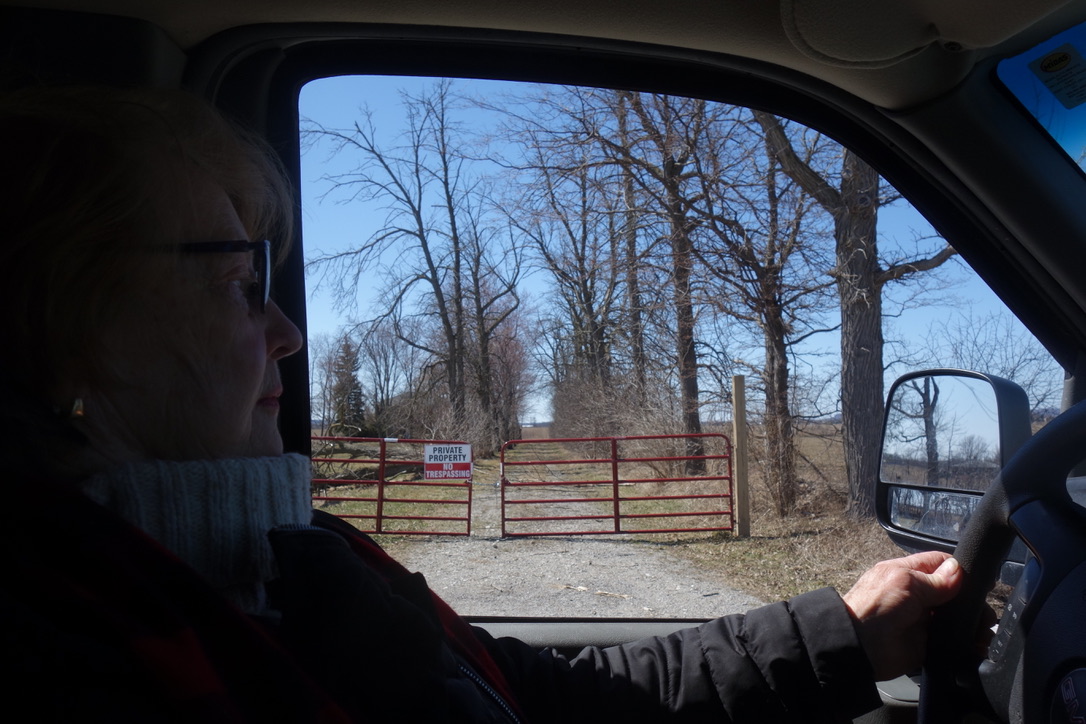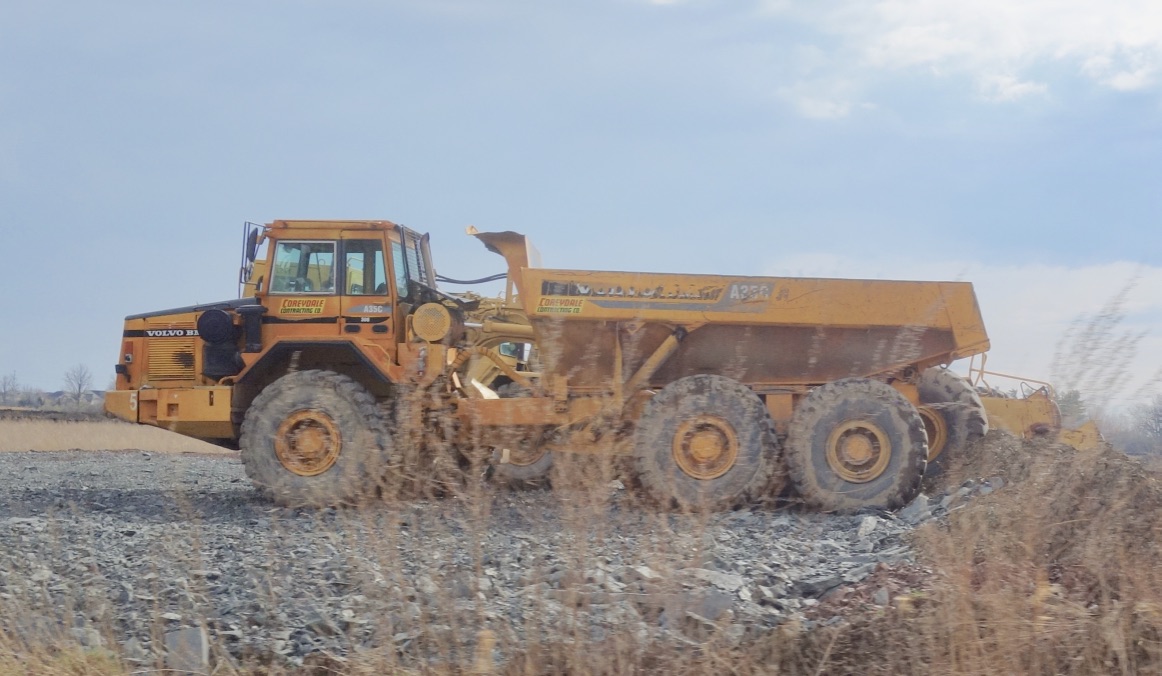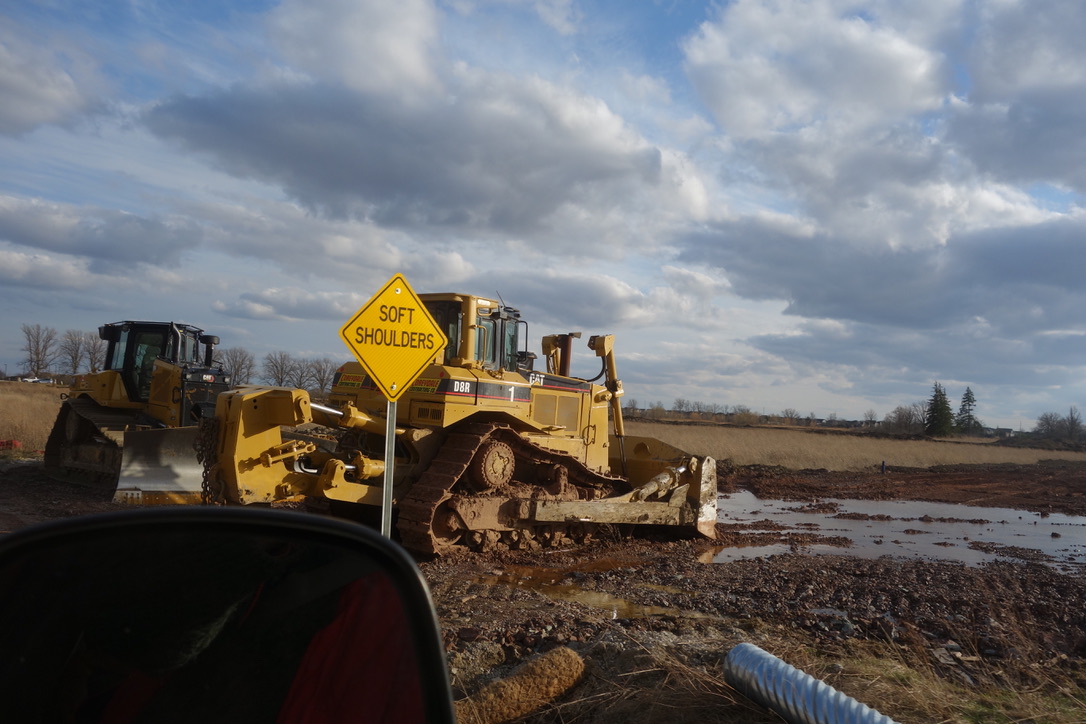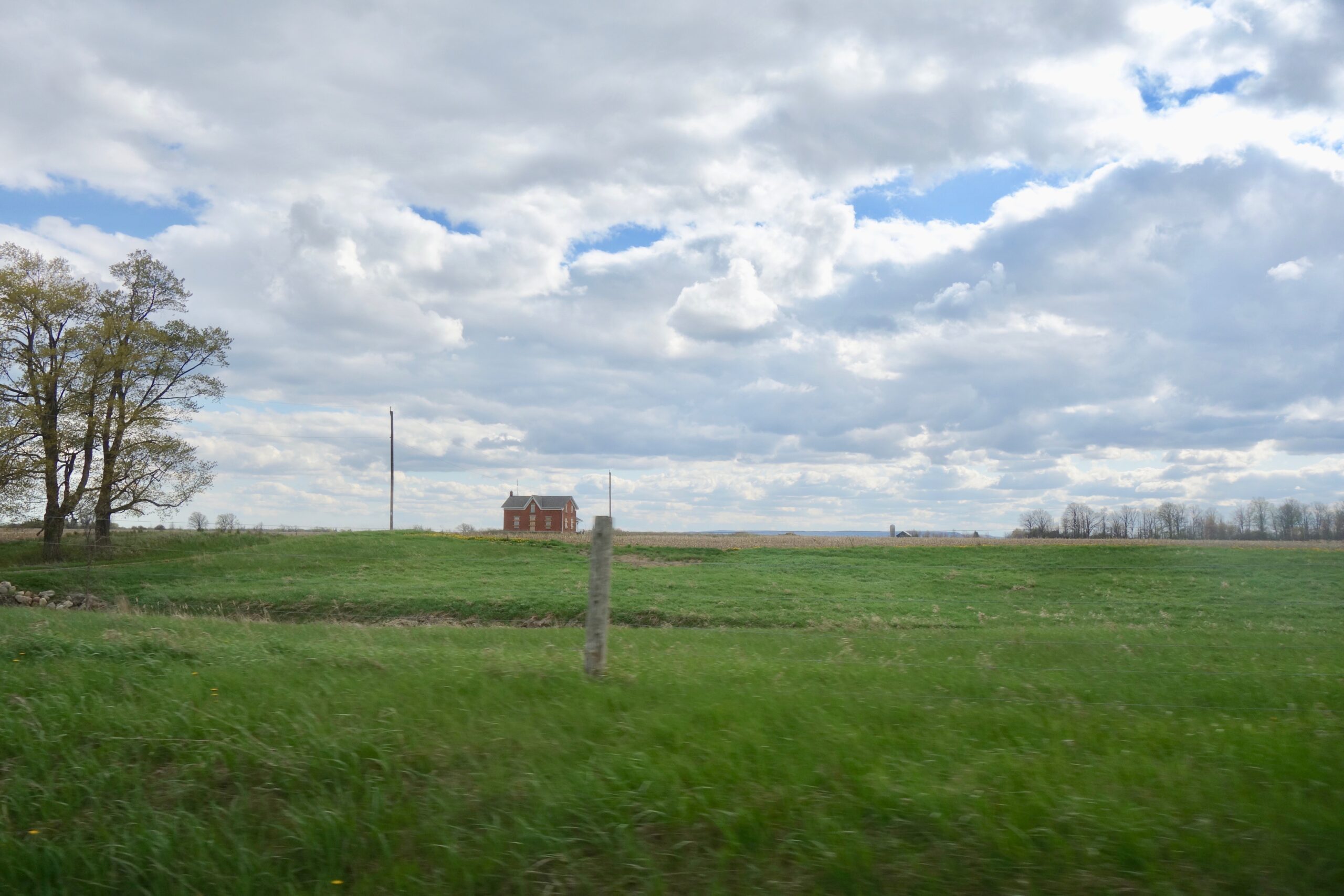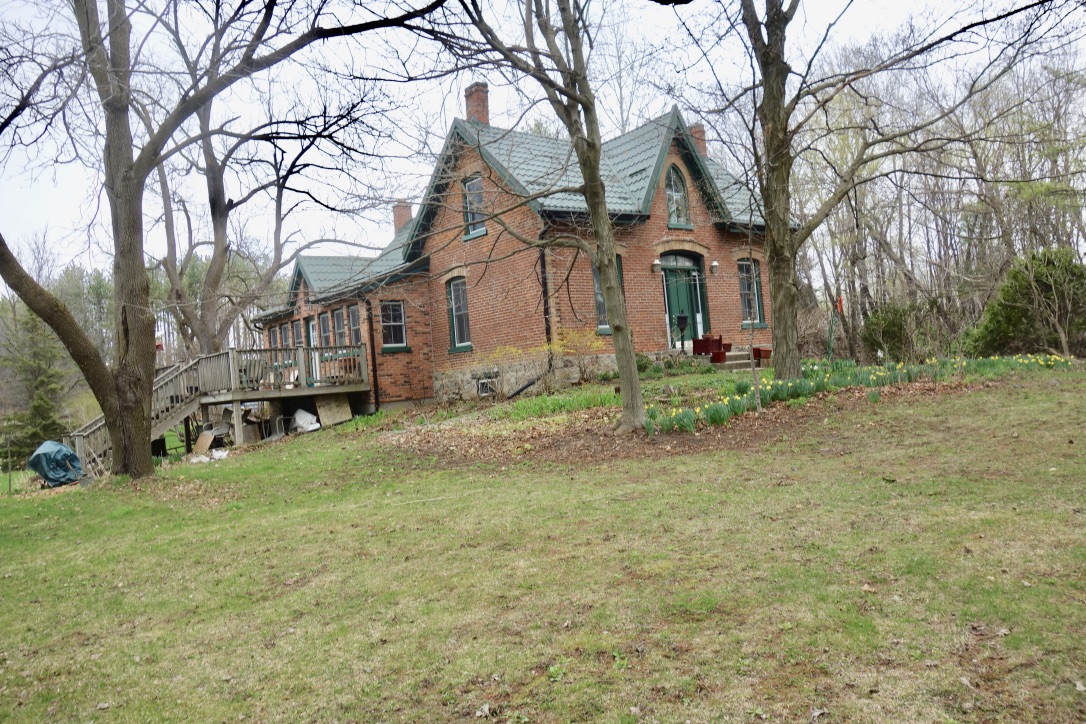November 1965. Cold with a smattering of snow in the air and on the ground.
alan skeoch

Alan's Oeuvre
November 1965. Cold with a smattering of snow in the air and on the ground.
alan skeoch
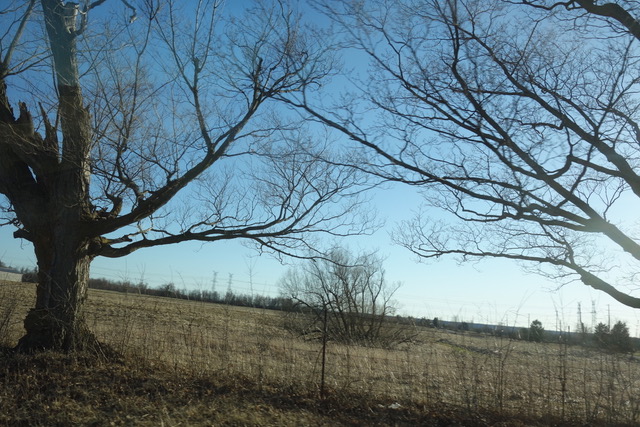
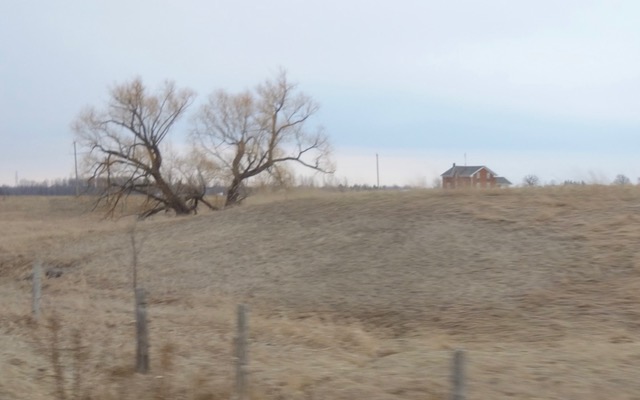
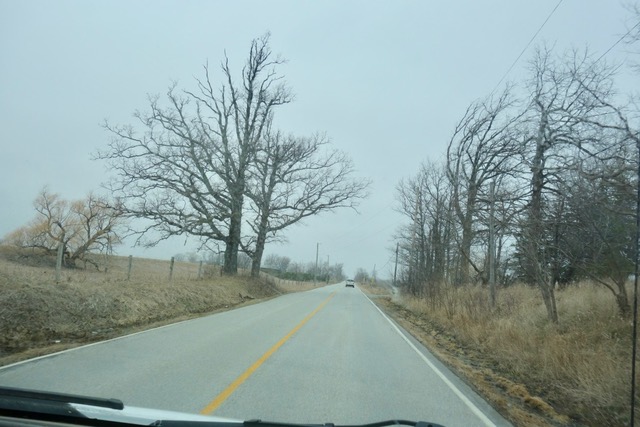

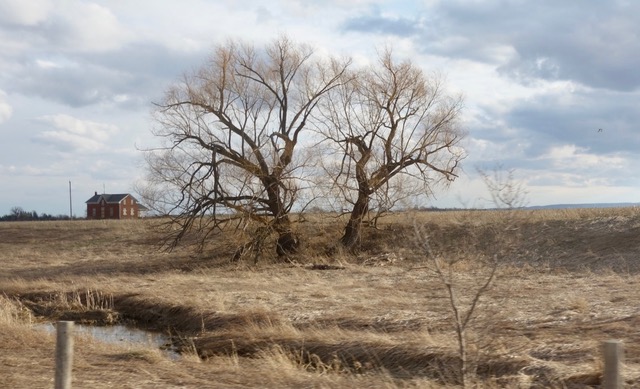
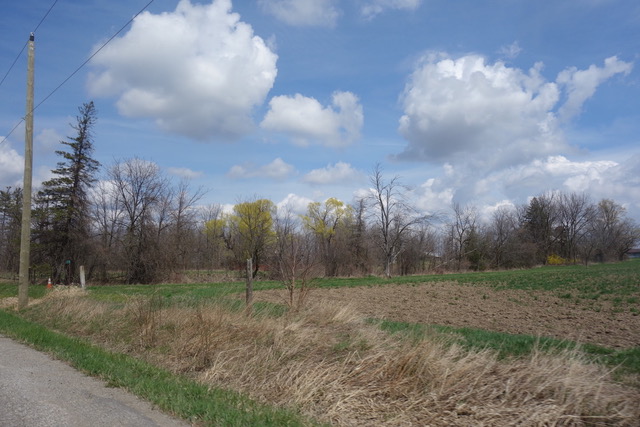

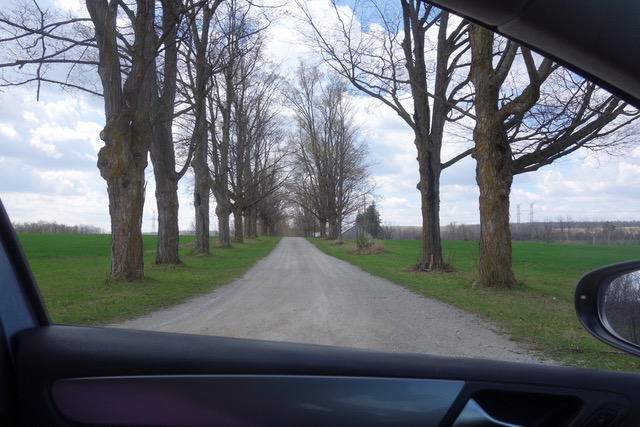

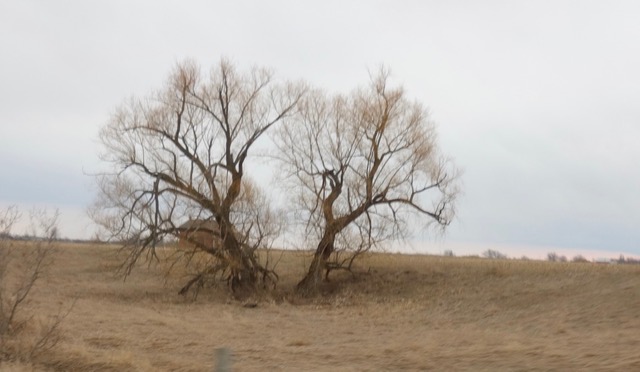



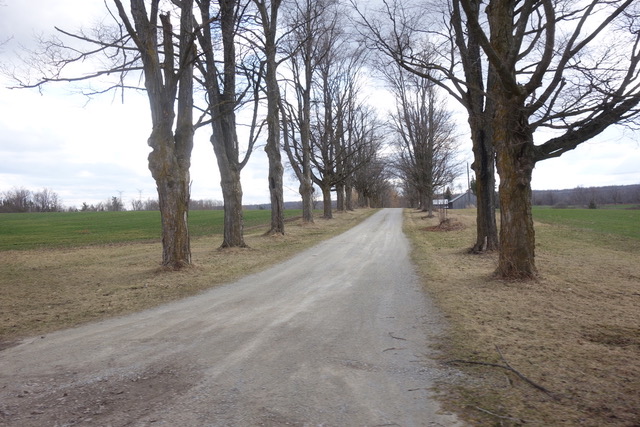
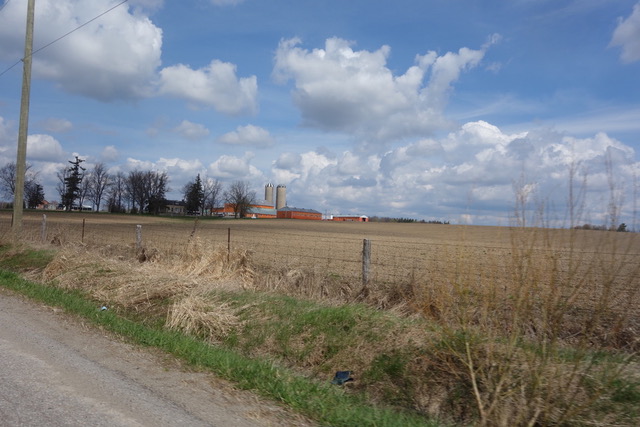



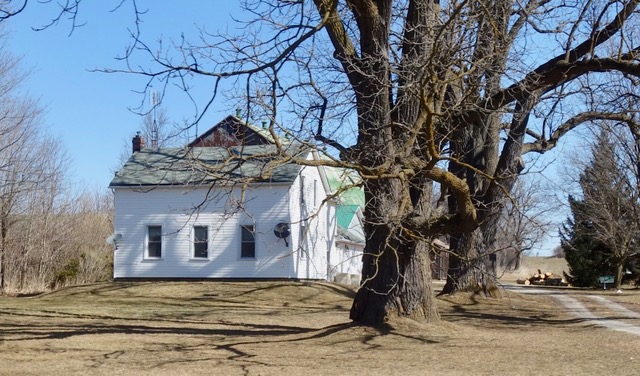
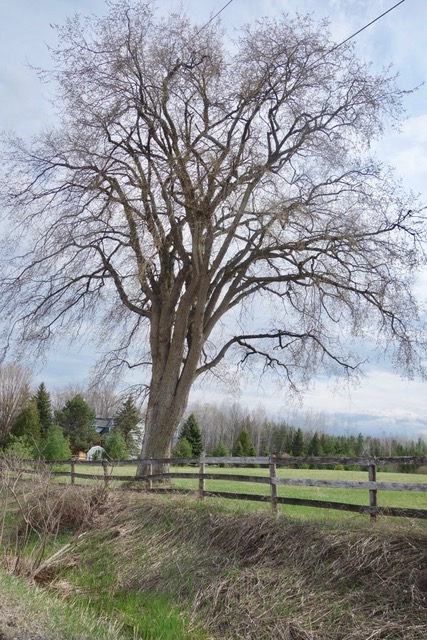
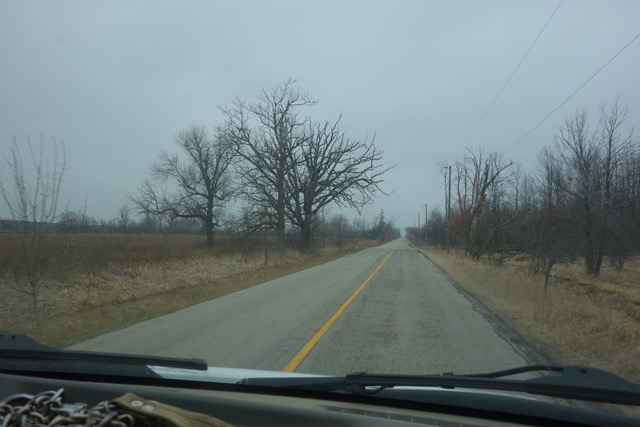
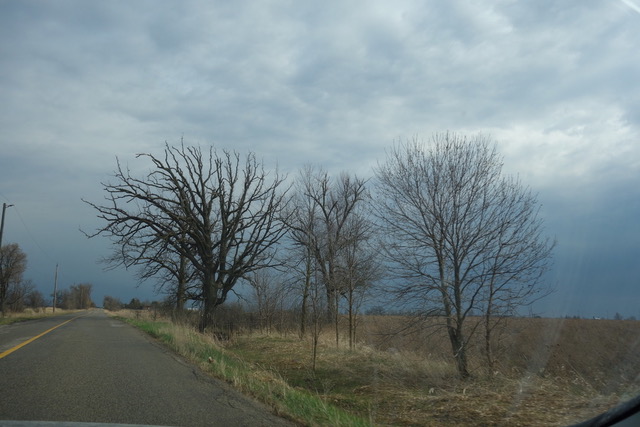



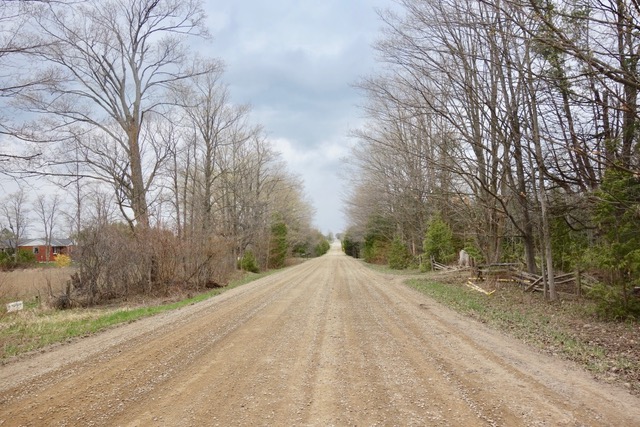
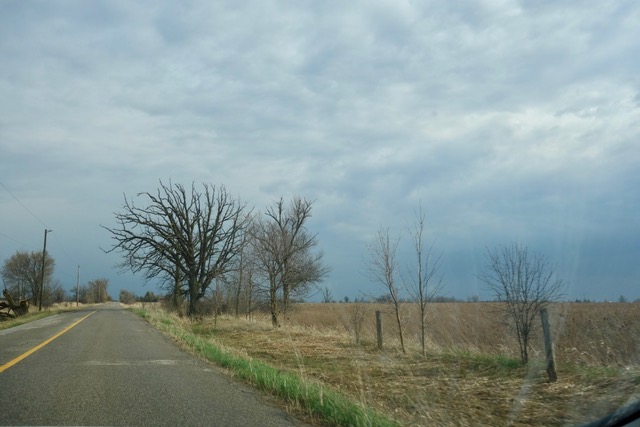


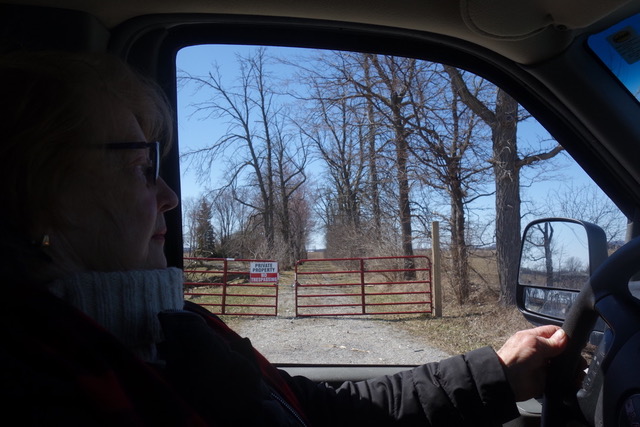


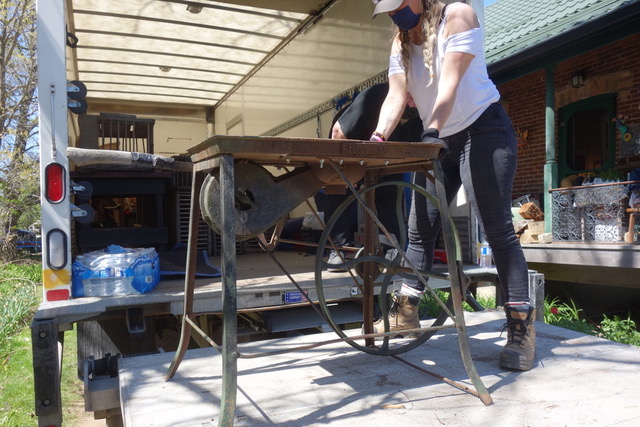
























Begin forwarded message:
From: ALAN SKEOCH <alan.skeoch@rogers.com>Subject: EPISODE 342 RESPECT OR NOVELTY…AMUSING INCIDENT IN TIANAMIN SQUAREDate: May 15, 2021 at 10:16:05 AM EDTTo: Marjorie Skeoch <marjorieskeoch@gmail.com>, Alan Skeoch <alan.skeoch@rogers.com>, John Wardle <john.t.wardle@gmail.com>
EPISODE 342 RESPECT OR NOVELTY…AMUSING INCIDENT IN TIANAMIN SQUARE, BEIJING, CHINAalan skeochMay 2021As mentioned earlier, our trip to China was surprising. I say this in the positive sense.Another example occurred in Tianamin Square where a large group of Chinese touristsfrom some distant point in western China seemed to find our small family fascinating.They wanted their picture taken with us in the middle. They were particularly interestedin Marjorie who was in a rented wheelchair due to her knew surgery…and our granddaughter Morgan.
Marjorie found a small bottle of Champagne in the refrigerator just as she
was making soup for a Spartan lunch. That seemed a nice beginning on a
Sent from my iPhone
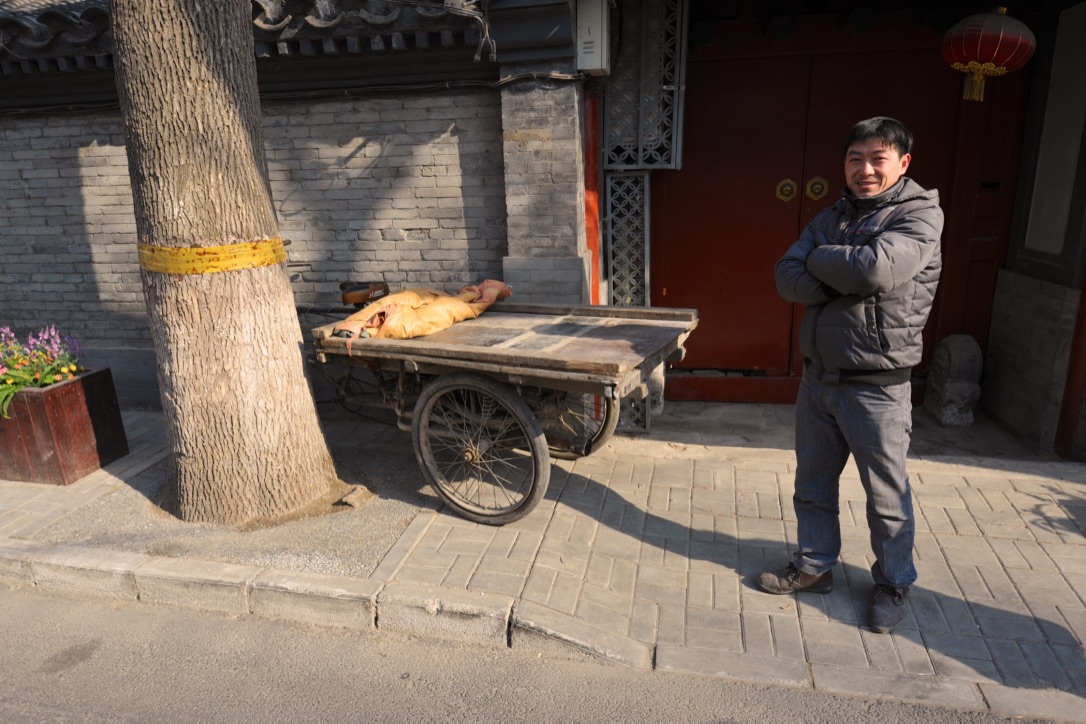

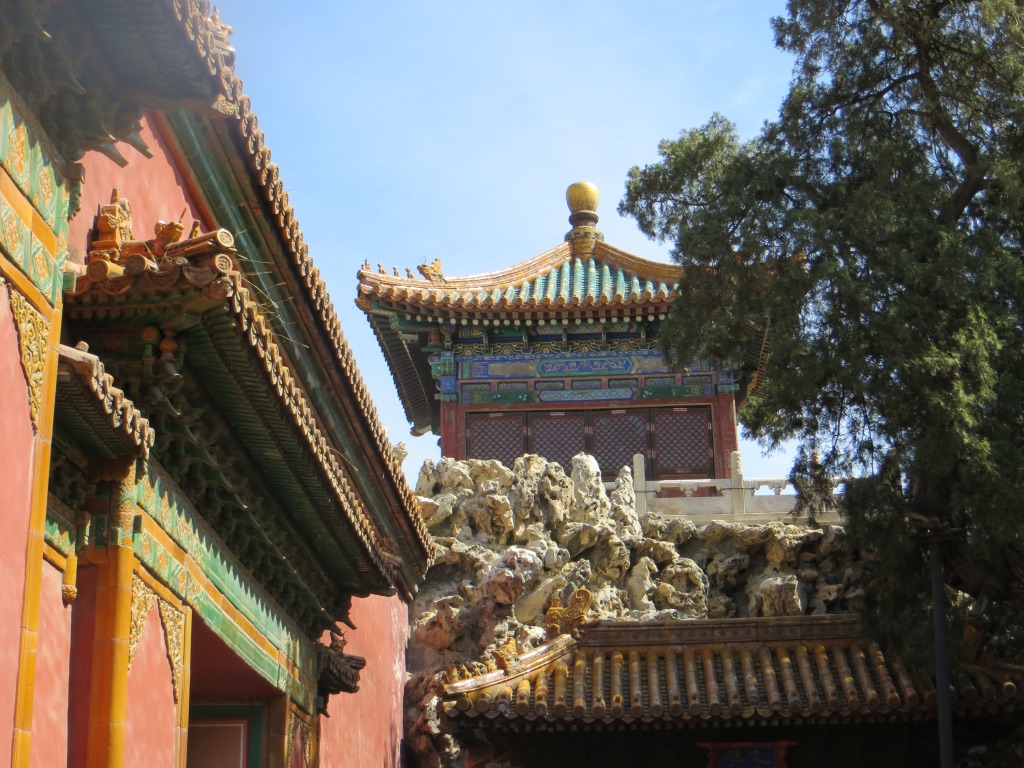
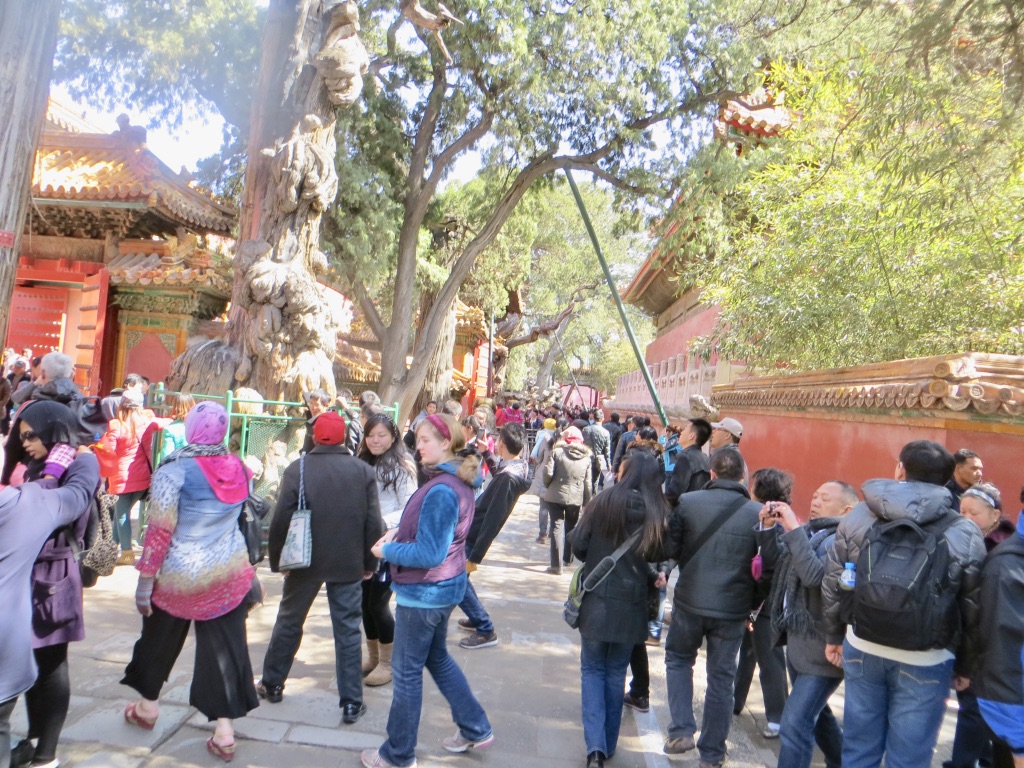


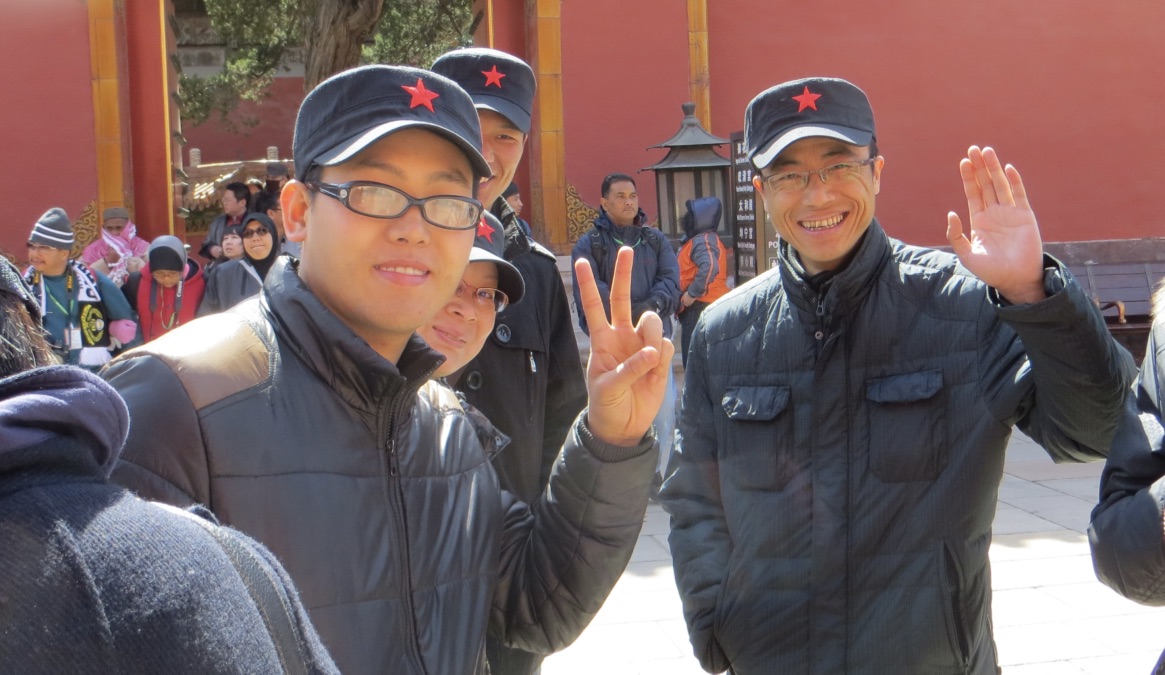

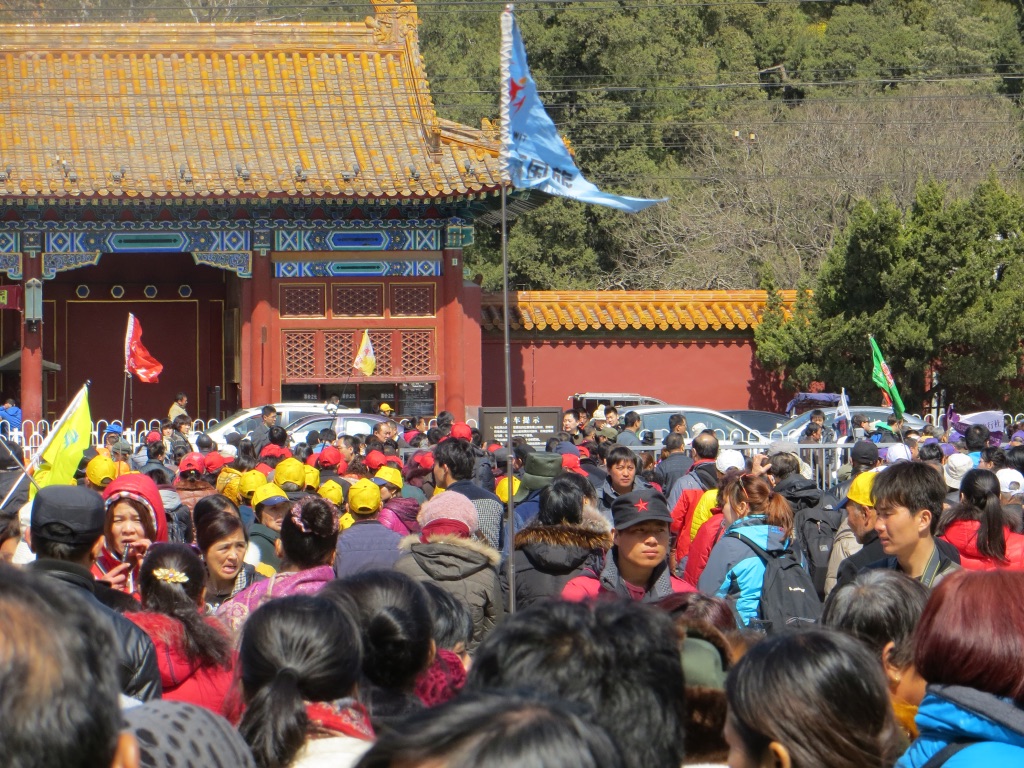


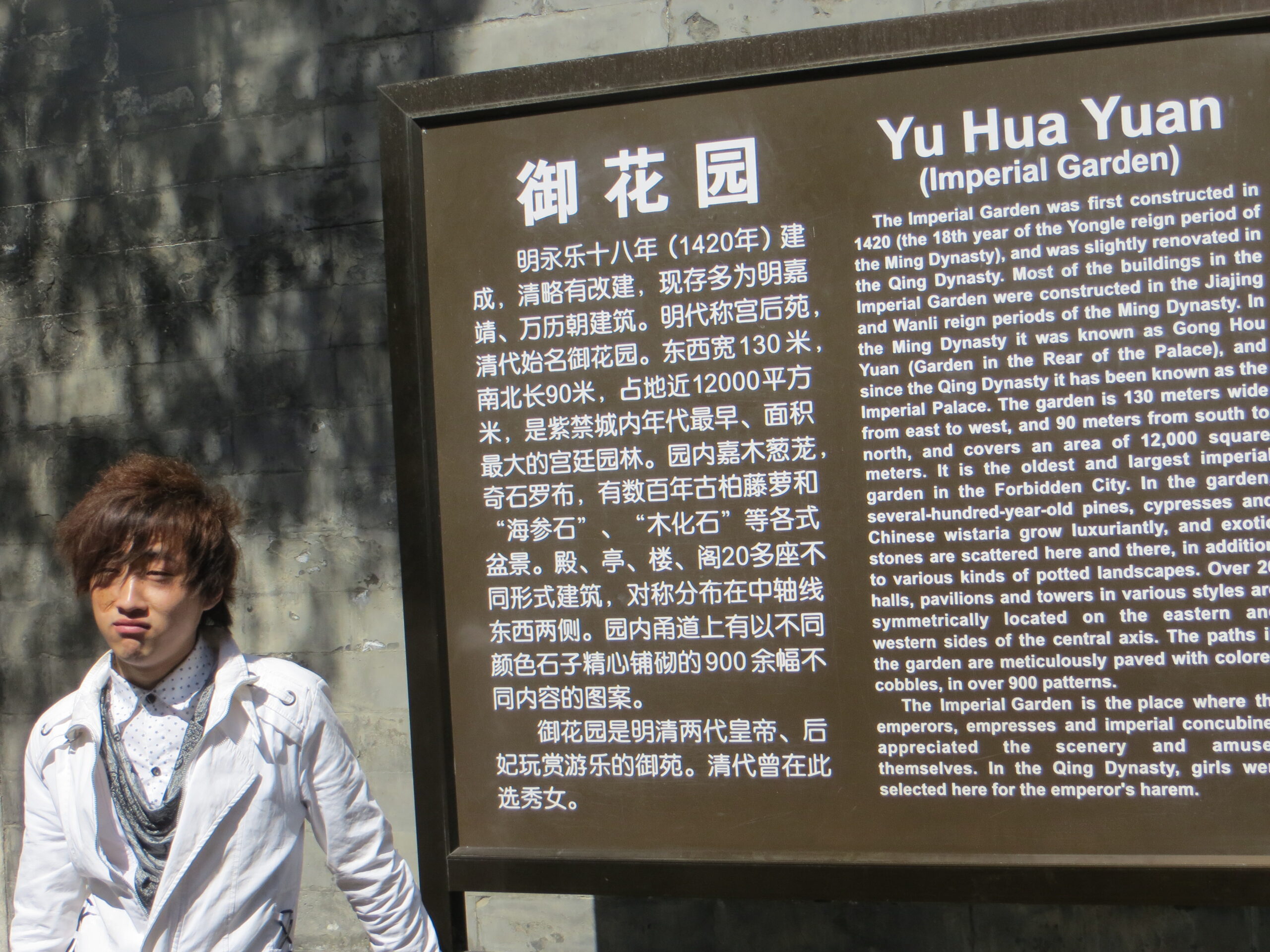
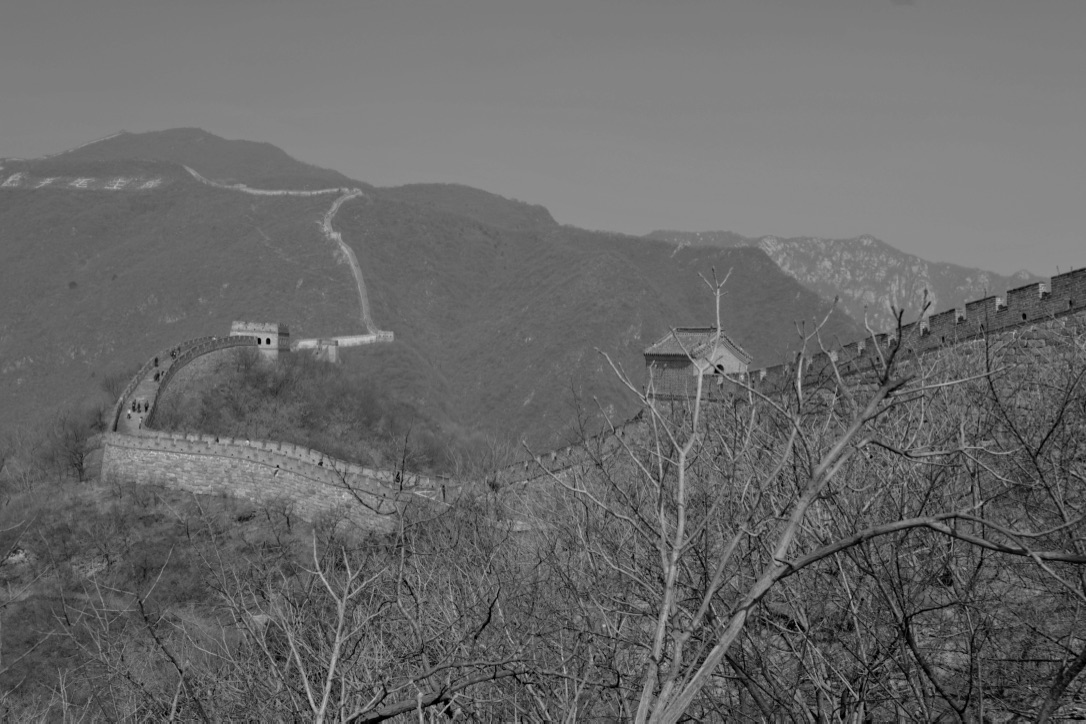



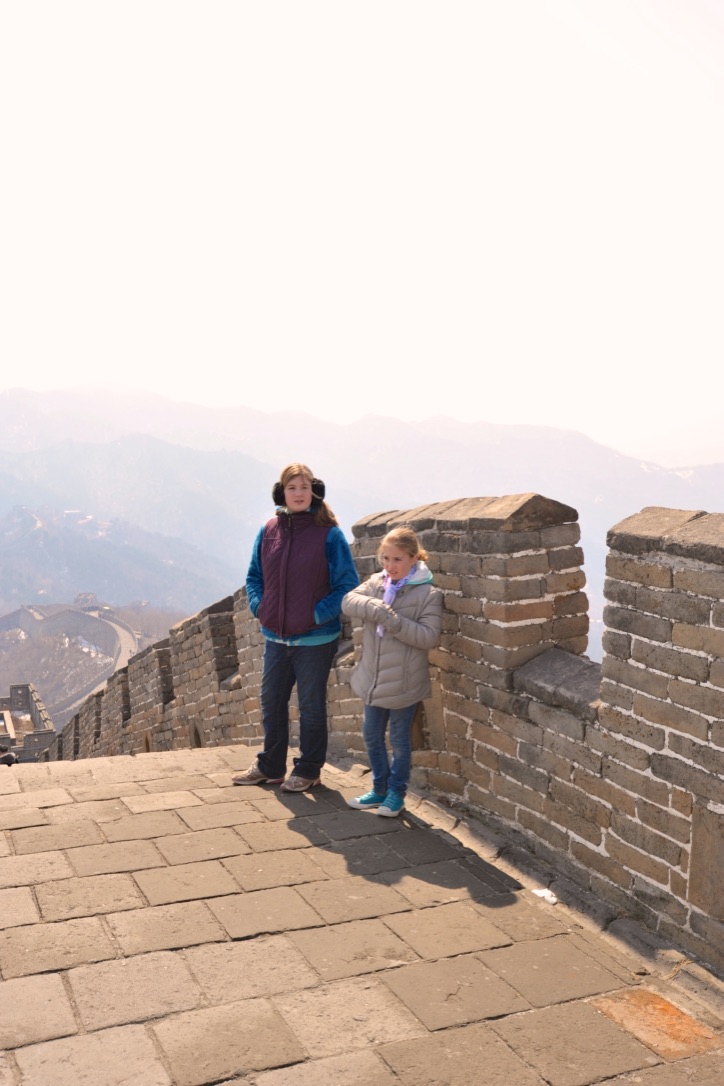





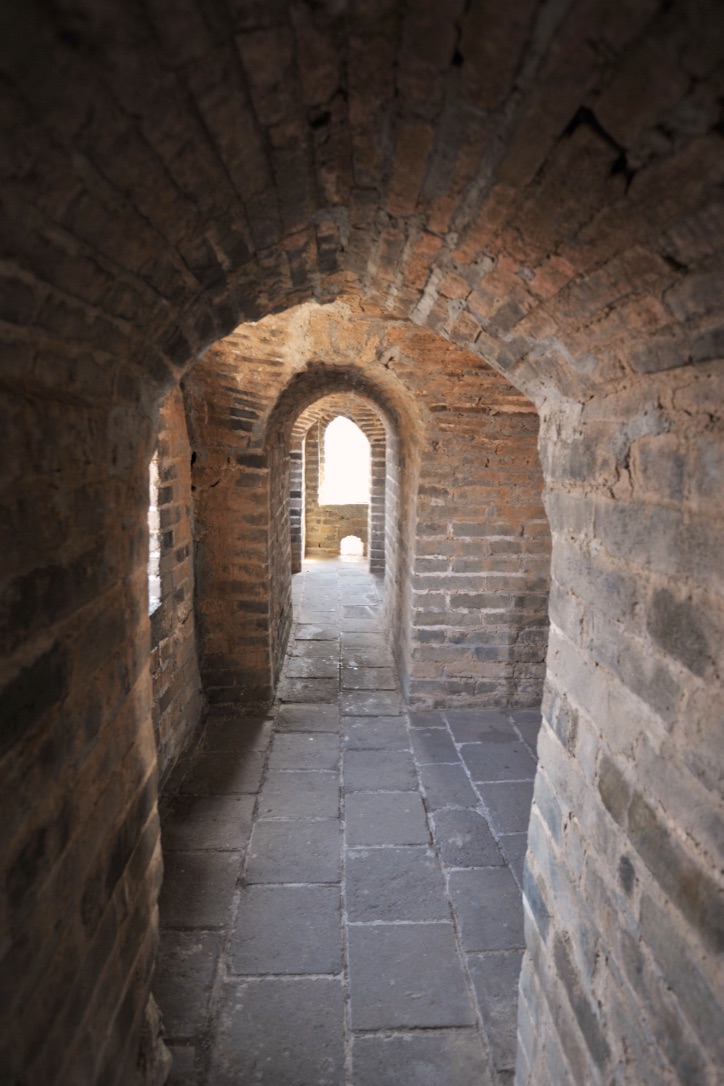

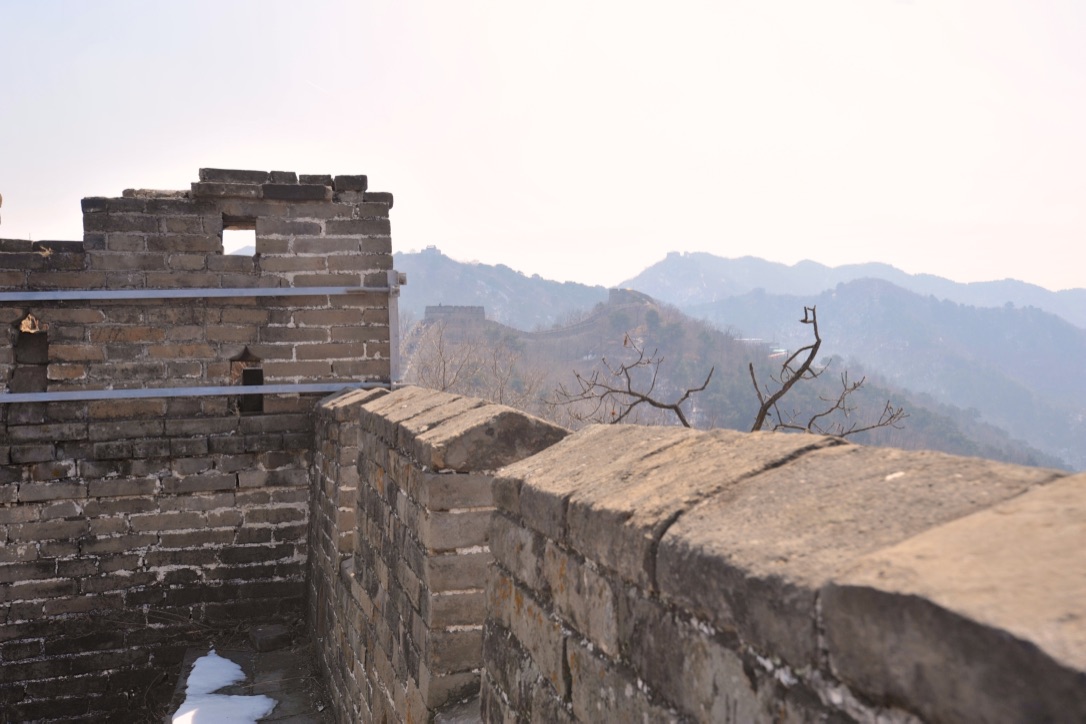
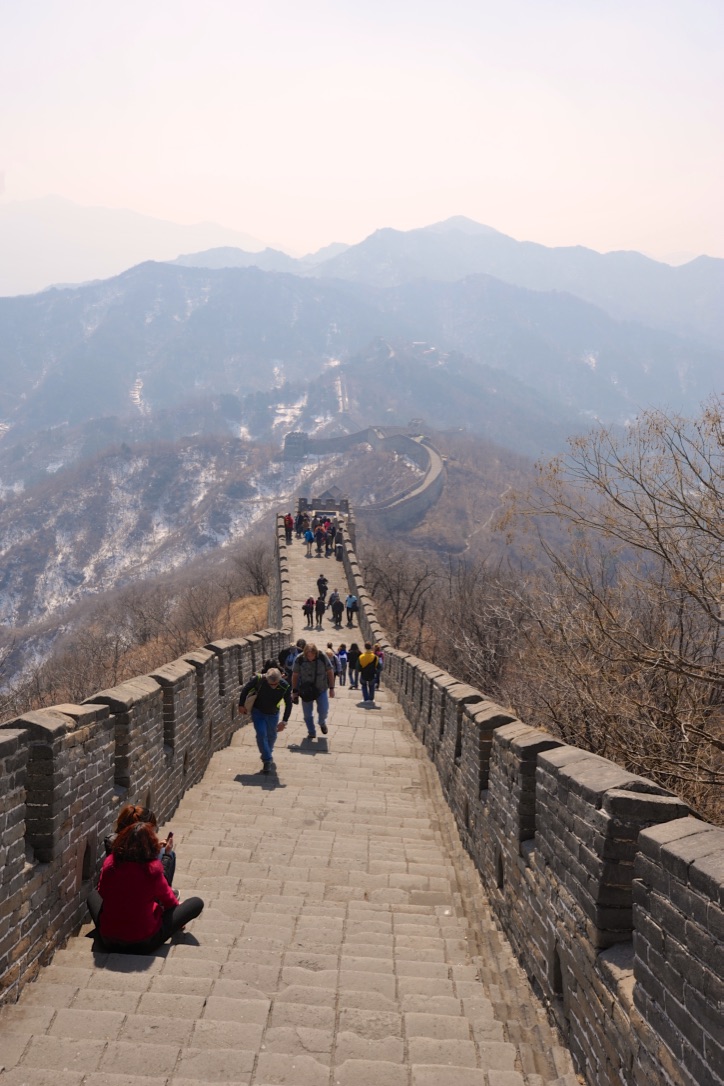

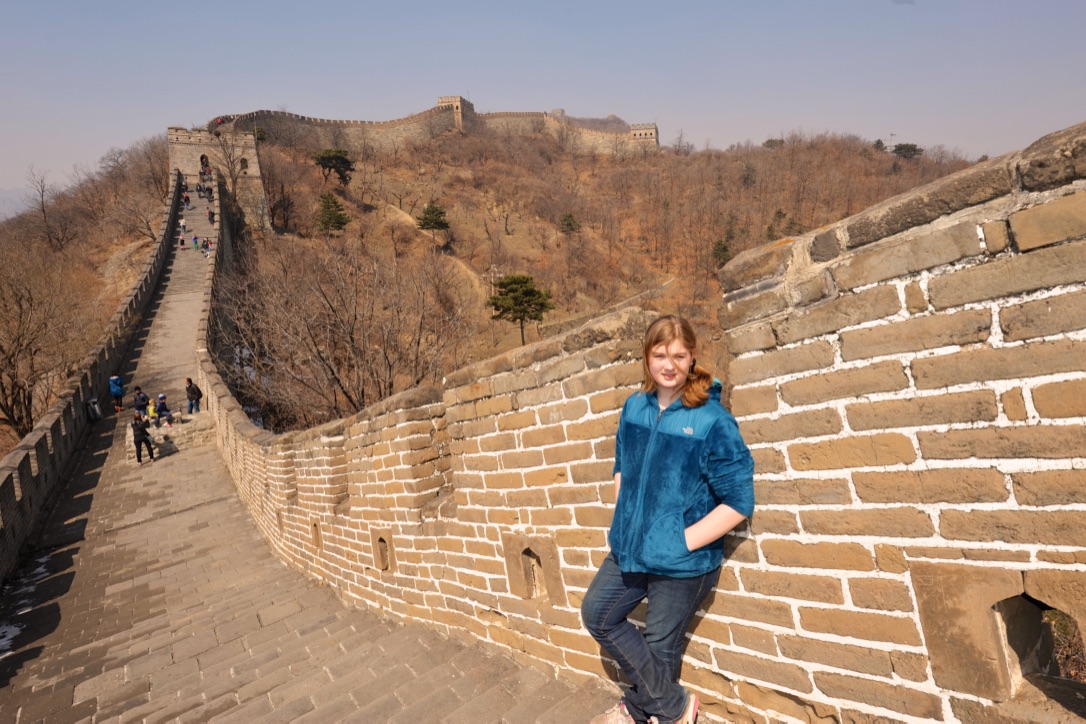

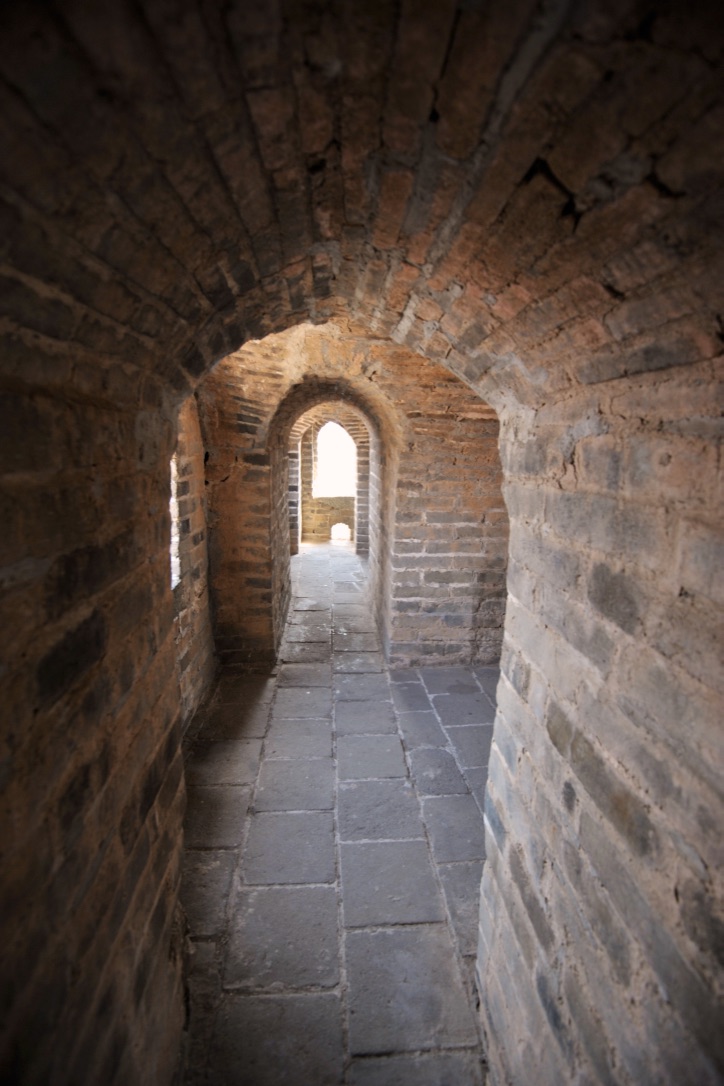

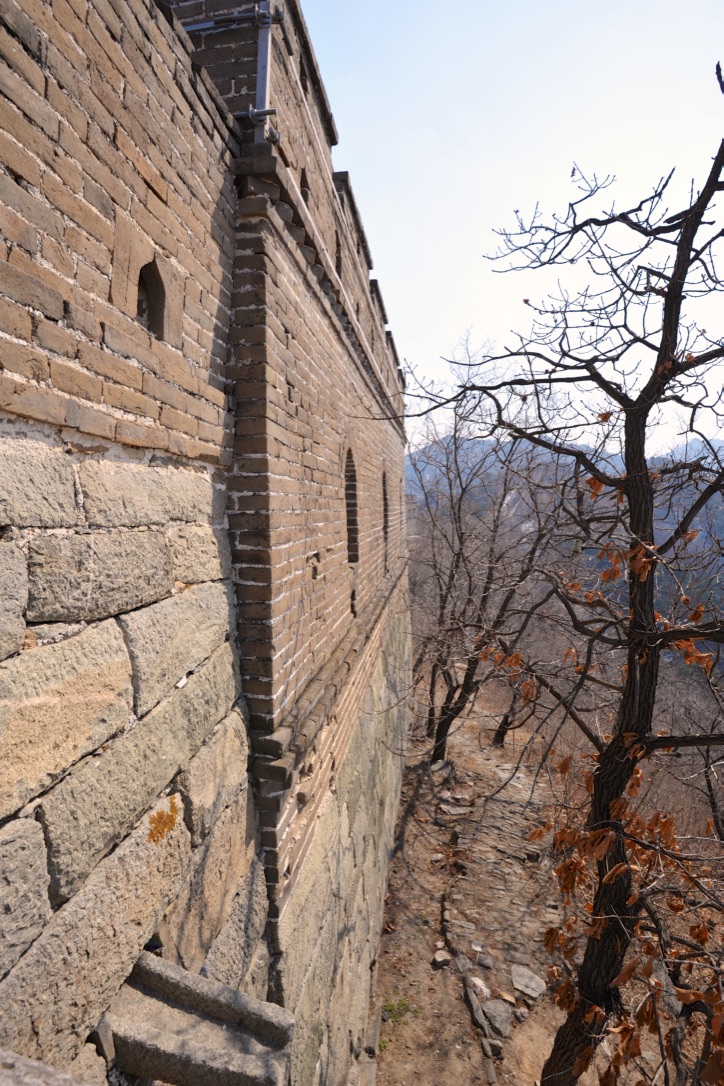



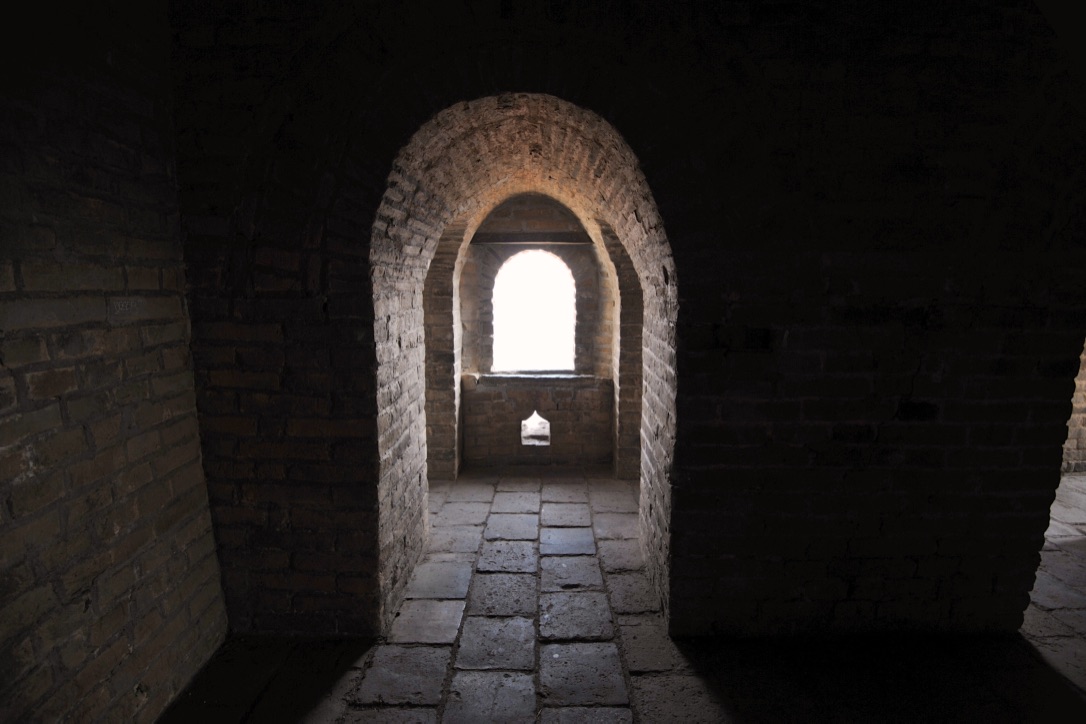


The Great Wall of China is an ancient series of walls and fortifications, totaling more than 13,000 miles in length, located in northern China. Perhaps the most recognizable symbol of China and its long and vivid history, the Great Wall was originally conceived by Emperor Qin Shi Huang in the third century B.C. as a means of preventing incursions from barbarian nomads. The best-known and best-preserved section of the Great Wall was built in the 14th through 17th centuries A.D., during the Ming dynasty. Though the Great Wall never effectively prevented invaders from entering China, it came to function as a powerful symbol of Chinese civilization’s enduring strength.
Though the beginning of the Great Wall of China can be traced to the fifth century B.C., many of the fortifications included in the wall date from hundreds of years earlier, when China was divided into a number of individual kingdoms during the so-called Warring States Period.
Around 220 B.C., Qin Shi Huang, the first emperor of a unified China under the Qin Dynasty, ordered that earlier fortifications between states be removed and a number of existing walls along the northern border be joined into a single system that would extend for more than 10,000 li (a li is about one-third of a mile) and protect China against attacks from the north.
Construction of the “Wan Li Chang Cheng,” or 10,000-Li-Long Wall, was one of the most ambitious building projects ever undertaken by any civilization. The famous Chinese general Meng Tian initially directed the project, and was said to have used a massive army of soldiers, convicts and commoners as workers.
Made mostly of earth and stone, the wall stretched from the China Sea port of Shanhaiguan over 3,000 miles west into Gansu province. In some strategic areas, sections of the wall overlapped for maximum security (including the Badaling stretch, north of Beijing, that was later restored during the Ming Dynasty).
From a base of 15 to 50 feet, the Great Wall rose some 15-30 feet high and was topped by ramparts 12 feet or higher; guard towers were distributed at intervals along it.
EPISODE 338 CHINA SURPRISED ME IN 2013















